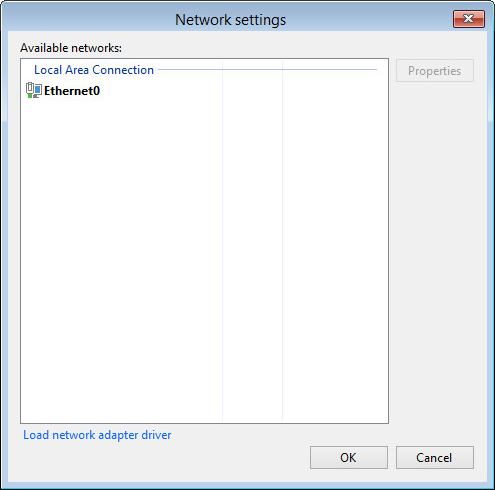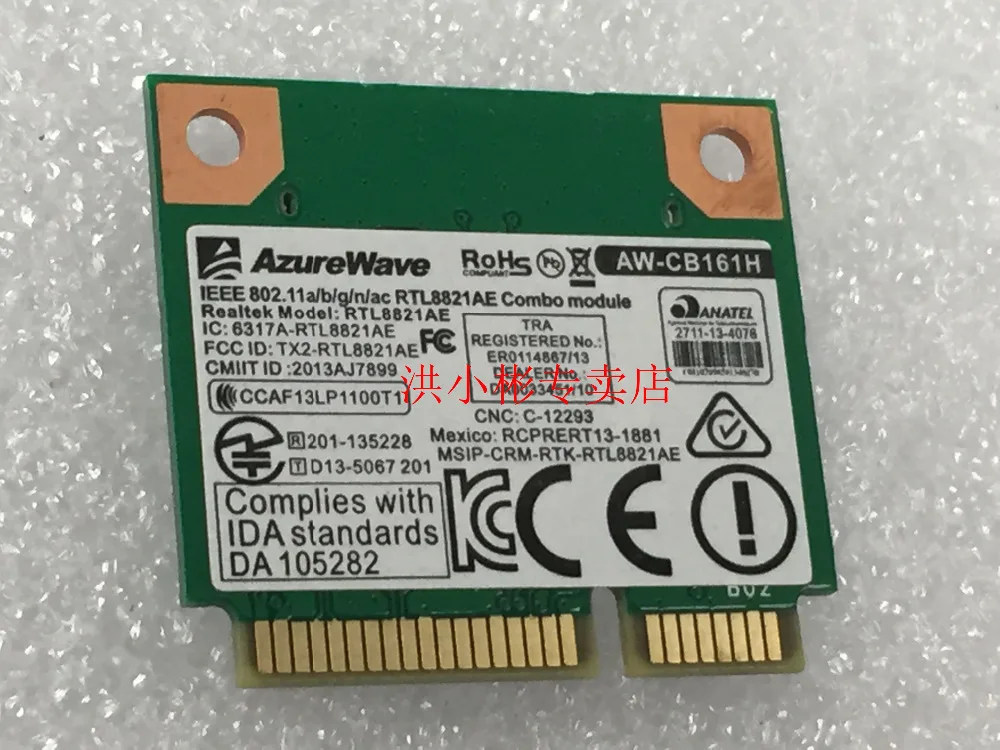The Oracle ODBC Driver enables ODBC applications on Microsoft Windows, as well as UNIX platforms like Linux, Solaris, and IBM Advanced Interactive eXecutive (AIX) read and write access to Oracle® databases through the ODBC interface using Oracle Net Services software. Oracle VM VirtualBox 5.1 allows you to configure up to 8 virtual NICs (Network Interface Controllers) for each guest vm (although only 4 are exposed in the GUI) and for each of these NICs you can configure: Which virtualized NIC-type is exposed to the Guest. Options available are: PCnet-PCI II (Am79C970A) PCnet-Fast III (Am79C973). The ODBC Driver for Oracle enables an application to access data in an Oracle database through the ODBC interface. The driver can access local Oracle databases or it can communicate with the network through SQL.Net. The following diagram details this application and driver architecture. The ODBC Driver for Oracle complies with API Conformance. The driver is optimized to communicate directly and efficiently with Oracle servers using the Oracle server wire protocol. Our ODBC Driver for Oracle also fully supports all Oracle systems including Oracle 8.1.5 and higher from a single wire protocol ODBC driver. The Connect(64) for ODBC Oracle Wire Protocol driver 7.0 returns an 'Unexpected Network Error' when connecting to an Oracle server with a Session Data Unit (SDU) set to 512 or 1024. The issue has been identified with the DD Oracle wire protocol driver and it has been addressed under the defect PSC00103690.

Important
This feature will be removed in a future version of Windows. Avoid using this feature in new development work, and plan to modify applications that currently use this feature. Instead, use the ODBC driver provided by Oracle.
The Microsoft® ODBC Driver for Oracle allows you to connect your ODBC-compliant application to an Oracle database. The ODBC Driver for Oracle conforms to the Open Database Connectivity (ODBC) specification described in the ODBC Programmer's Reference. It allows access to PL/SQL packages, XA/DTC integration, and Oracle access from within Internet Information Services (IIS).
Oracle RDBMS is a multiuser relational database management system that runs with various workstation and minicomputer operating systems. IBM-compatible computers running Microsoft Windows can communicate with Oracle database servers over a network. Supported networks include Microsoft LAN Manager, NetWare, VINES, DECnet, and any network that supports TCP/IP.
The ODBC Driver for Oracle enables an application to access data in an Oracle database through the ODBC interface. The driver can access local Oracle databases or it can communicate with the network through SQL*Net. The following diagram details this application and driver architecture.
The ODBC Driver for Oracle complies with API Conformance Level 1 and SQL Conformance Level Core. It also supports some functions in API Conformance Level 2 and most of the grammar in the Core and Extended SQL conformance levels. The driver is ODBC 2.5 compliant and supports 32-bit systems. Oracle 7.3x is supported fully; Oracle8 has limited support. The ODBC Driver for Oracle does not support any of the new Oracle8 data types - Unicode data types, BLOBs, CLOBs, and so on - nor does it support Oracle's new Relational Object Model. For more information about supported data types, see Supported Data Types in this guide.
To access Oracle data, the following components are required:
The ODBC Driver for Oracle
An Oracle RDBMS database
Oracle Client Software
Additionally, for remote connections:
- A network that connects the computers that run the driver and the database. The network must support SQL*Net connections.


Component Documentation
Drivers Oracle Network & Wireless Cards Online
This guide contains detailed information about setting up and configuring the Microsoft ODBC Driver for Oracle and adding programmatic functionality. It also contains technical reference material.
Drivers Oracle Network & Wireless Cards App
For information regarding specific Oracle product behavior, consult the documentation that accompanies the Oracle product.
For information about setting up or configuring the Microsoft ODBC Driver for Oracle using the ODBC Data Source Administrator, see the ODBC Data Source Administrator documentation.
This section contains the following topics.
| Home E-mail Us Oracle Articles New Oracle Articles
|
ODBC and Network Performance The Open Database Connectivity (ODBC) product was initially developed by Microsoft as a generic database driver. Its architecture has now been generalized and many different vendors are offering open database connectivity products that are based on ODBC. ODBC consists of more than 50 functions that are invoked from an application using a call-level API. The ODBC API does not communicate with a database directly. Instead, it serves as a link between the application and a generic interface routine. The interface routine, in turn, communicates with the database drivers via a Service Provider Interface (SPI). ODBC has become popular with database vendors such as Oracle, and Oracle is creating new ODBC drivers that will allow ODBC to be used as a gateway into their database products. Essentially, ODBC serves as the ?traffic cop? for all data within the client/server system. When a client requests a service from a database, ODBC receives the request and manages the connection to the target database. ODBC manages all of the database drivers, checking all of the status information as it arrives from the database drivers. It is noteworthy that the database drivers should be able to handle more than just SQL. Many databases have a native API that requires ODBC to map the request into a library of functions. An example would be a SQL Server driver that maps ODBC functions to database library function calls. Databases without a native API (i.e., non-SQL databases) can also be used with ODBC, but they go through a much greater transformation than the native API calls. Database connectivity using ODBC has a high amount of overhead in many Oracle applications. The inherent flexibility of ODBC means that the connection process to Oracle is not as efficient as a native API call to the database. Most companies that experience ODBC-related performance problems will abandon ODBC and replace it with a native communications tool such as the Oracle Call Interface (OCI). In sum, ODBC is great for ad hoc database queries from MS Windows, but it is too slow for most production applications. Now let?s turn our attention to Oracle replication and see how the replication parameters can affect Oracle performance. Drivers plantsense port devices. While network tuning is very complex, let?s take a brief overview of the standard tools that are used in a UNIX environment to monitor network transmissions.
|
